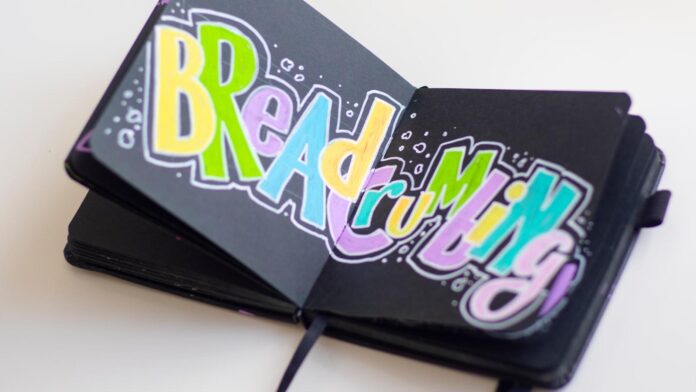
Juvenile diabetes, also known as type 1 diabetes, is a condition that affects children and young adults. It is a chronic disease that occurs when the pancreas does not produce enough insulin, a hormone that helps regulate blood sugar levels. Juvenile diabetes can be a serious and life-threatening condition if not properly managed. However, with proper treatment and care, those with juvenile diabetes can live healthy and fulfilling lives.
Recognizing the signs and symptoms of juvenile diabetes is important for early diagnosis and treatment. If left untreated, juvenile diabetes can lead to serious complications such as heart disease, kidney failure, and blindness. In this article, we will discuss the common symptoms of juvenile diabetes and how to recognize them.
1. Frequent urination: One of the most common symptoms of juvenile diabetes is frequent urination. This occurs because the body is trying to get rid of excess sugar through the urine. If your child is urinating more often than usual, especially at night, it could be a sign of juvenile diabetes.
2. Increased thirst: Along with frequent urination, increased thirst is another common symptom of juvenile diabetes. When the body is excreting excess sugar through the urine, it can cause dehydration, leading to increased thirst. If your child is constantly asking for water or other liquids, it may be a sign of juvenile diabetes.
3. Weight loss: Children with juvenile diabetes may experience unexplained weight loss despite eating a healthy diet. This is because the body is unable to use glucose for energy, so it starts breaking down fat and muscle for fuel. If your child is losing weight without trying, it could be a red flag for juvenile diabetes.
4. Fatigue: Feeling tired or lethargic is another common symptom of juvenile diabetes. Without enough insulin to help the body convert glucose into energy, children with juvenile diabetes may feel exhausted even after getting enough rest. If your child is constantly tired or lacking energy, it may be a sign of juvenile diabetes.
5. Increased hunger: Despite losing weight, children with juvenile diabetes may experience increased hunger. This is because the body is unable to use glucose for energy, so it continues to signal hunger to try to get more fuel. If your child is constantly hungry, even after eating a full meal, it could be a sign of juvenile diabetes.
6. Blurred vision: High blood sugar levels can affect the eyesight, causing blurred vision or difficulty focusing. If your child is experiencing sudden changes in vision, it could be a sign of juvenile diabetes. It is important to monitor any changes in your child’s vision and seek medical attention if needed.
7. Slow healing wounds: Children with juvenile diabetes may have slow-healing wounds, cuts, or bruises. This is because high blood sugar levels can affect the body’s ability to heal properly. If your child’s wounds are taking longer than usual to heal, it may be a sign of juvenile diabetes.
8. Mood changes: Children with juvenile diabetes may experience mood changes such as irritability, mood swings, or increased anxiety. This is because high blood sugar levels can affect the brain and lead to emotional instability. If your child is displaying changes in mood or behavior, it may be a sign of juvenile diabetes.
9. Bedwetting: In some cases, bedwetting can be a sign of juvenile diabetes. If your child is suddenly wetting the bed, especially if they were previously dry at night, it could be a sign of juvenile diabetes. Bedwetting can occur as a result of increased urination caused by high blood sugar levels.
10. Yeast infections: Children with juvenile diabetes are more prone to yeast infections, especially in the genital area. High blood sugar levels can create a favorable environment for yeast to grow and thrive. If your child is experiencing recurrent yeast infections, it may be a sign of juvenile diabetes.
It is important to note that the symptoms of juvenile diabetes can vary from person to person. Some children may experience all of the symptoms listed above, while others may only have a few. If you suspect that your child may have juvenile diabetes, it is important to seek medical attention as soon as possible. A healthcare professional can perform blood tests to diagnose juvenile diabetes and develop a treatment plan.
In conclusion, recognizing the signs and symptoms of juvenile diabetes is crucial for early diagnosis and treatment. If left untreated, juvenile diabetes can lead to serious complications and negatively impact a child’s quality of life. By knowing the common symptoms of juvenile diabetes and seeking medical attention when needed, parents can help their children manage and live with the condition effectively. Early detection of juvenile diabetes can make a significant difference in a child’s long-term health and well-being.












